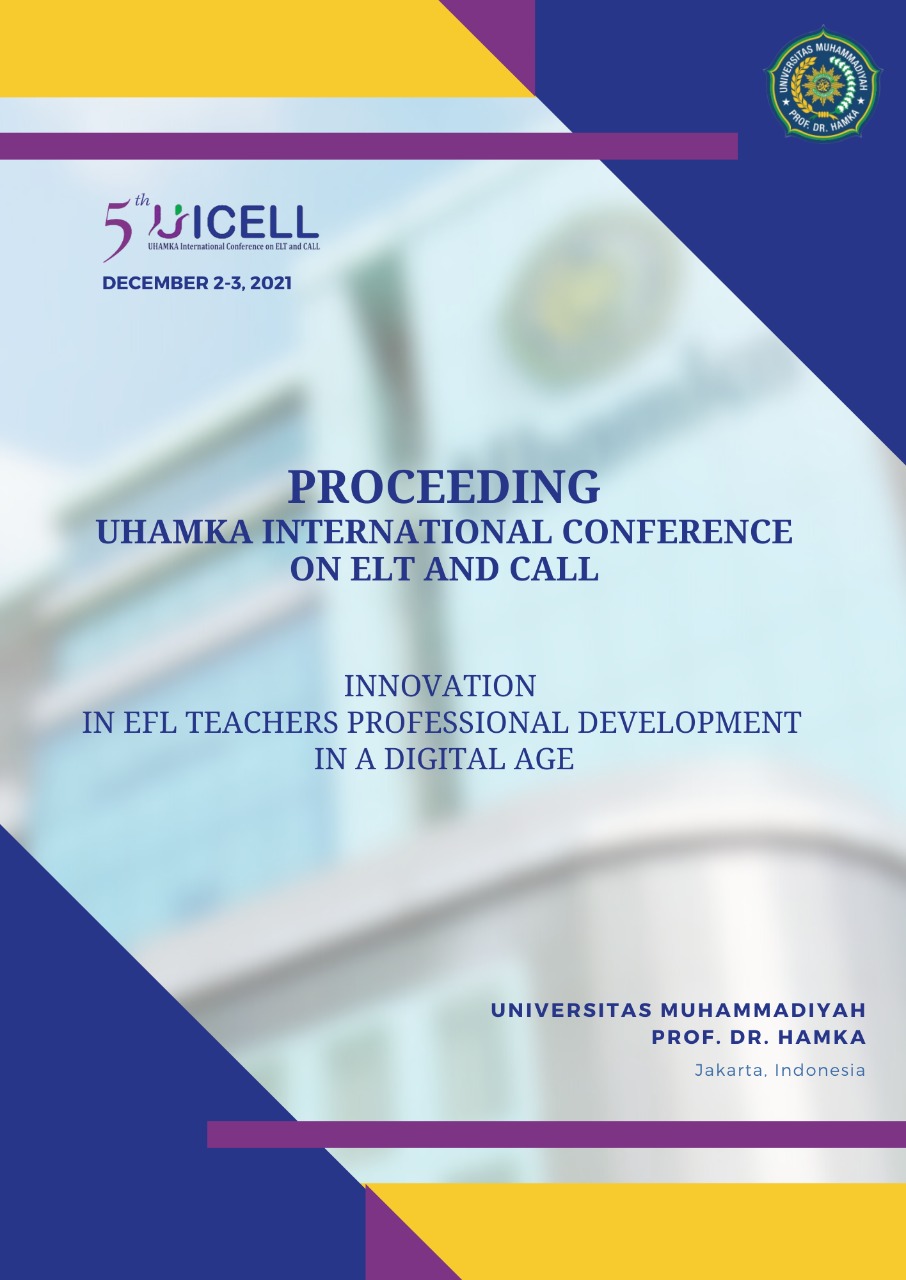ENGLISH ACRONYM LOANS IN BANGLA
Abstrak
Acronyms, idiosyncratic part of natural languages, have become cross-lingually popular. The English language has experienced a resurgence of acronyms with the World Wars. This new wave of the non-morphematic words in English has left an indelible impression on Bangla. Like mainstream words, Bangla has also accepted many acronym loans from the English language. In conducting this qualitative research, we have used diverse resources including dictionaries, lexicons, scholarly publications, newspapers and social media sites. Our mixed-method data reveal that the English Acronymic loans in Bangla can be compartmentalized into two broad categories – direct and indirect loans. There are many direct loans from the English sources. We have named this type as ‘Global Acronyms'. The second broad category includes acronyms locally created using pure English materials (Local acronyms); acronyms created using pure Bangla materials (Indigenous acronyms); acronyms created with an admixture of bilingual elements (Hybrid acronyms) and acronyms formed from native materials but they are acronymized in the Roman script (Transliterated acronym). In our data, we see the presence of another type which we have called ‘Re-semanticized acronyms'. This refers to acronyms which are reinterpreted by Banglophones, for example, AIDS (Acute Ideological Deficiency Syndrome). Both direct and indirect loans in Bangla have shown considerable productivity in the borrowing language. The loans can be prefixed and suffixed with Bangla affixes. They can be inflected for pluralization. They are also open to participate in non-concatenative processes like reduplication in Bangla.


